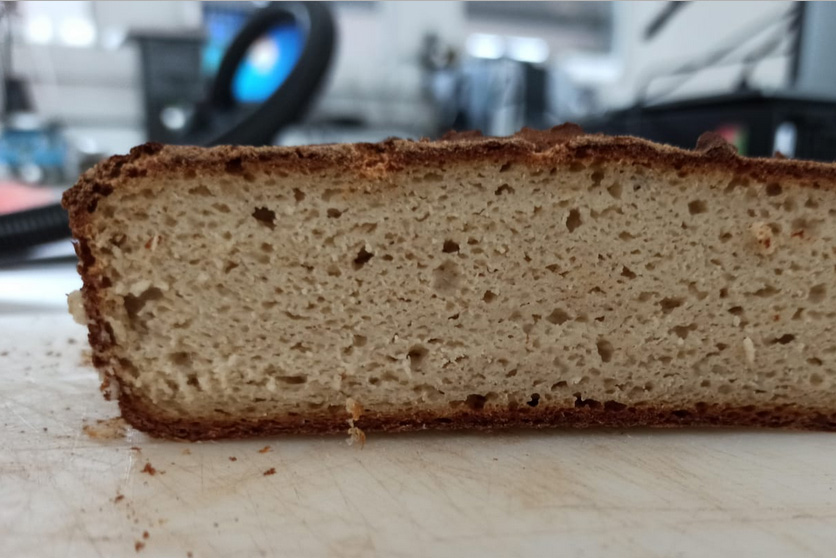Biodiversity from field to plate
At the crossroads of agronomy, ecology and health, Didier Bazile is proposing an innovative personal project to create a bread based on a blend of quinoa flours. The aim is twofold: to preserve quinoa's biodiversity and to offer consumers a healthy food product. A favorite project of the 2020 Montpellier Innovation Booster jury.

A bread of exceptional nutritional quality, containing three times more protein than a wheat flour bread, all the essential amino acids, and gluten-free. Did you dream of it? Didier Bazile has done it. A researcher at CIRAD, he works on the conservation of agricultural biodiversity of food plants. I was working on participatory breeding programs for millet and sorghum in West Africa in the early 2000s, where I helped farmers set up community seed banks," recalls Didier Bazile. It was then that I was asked to contribute my expertise on peasant seed systems for quinoa in the Andes, whose biodiversity was collapsing and was still little known".
Quinoa represents over 6,000 farmers' varieties selected by generations of farmers. Despite this great biological and cultural diversity, only a tiny variety of this agricultural heritage can be found on our supermarket shelves, reduced to quinoa in large white grains, at best expanded to 3 colors," deplores the specialist. That's why I've developed a personal Quinoa-div project, mobilizing a holistic approach to agricultural biodiversity to reconnect agriculture, food and health".
Preserving biodiversity
To reverse this loss of biodiversity and make the most of quinoa's nutritional richness, Didier Bazile decided to create a flour for bread, made from a blend of hundreds of quinoa varieties. Problem: gluten is what gives wheat its bread-making ability, and quinoa contains no gluten. " So we had to find a way of giving quinoa back its famous bread-making capacity. A number of processes already exist, but they call for the use of numerous food additives: "That's the whole point of the recipe I've developed, because it uses no additives from the food industry, no eggs, no palm oil, no lactose, and no highly allergenic nuts". A secret formulation which the researcher confides, however, involves an optimized cassava-based food technology process.
Secret recipe
"The result is a true gluten-free bread with over 75% quinoa, whereas existing products contain no more than 10-20%," boasts Didier Bazile, a member of theAtelier de Claret innovation incubator, whose personal project is supported by Montpellier SupAgro's AgroValoMED incubator. " Quinoa is truly a superfood with extraordinary nutritional value, and can even be considered an alicament, a food that heals". The researcher has also collaborated with the Faculty of Pharmacy to develop a healthy, safe product for celiac patients, who are allergic to gluten and account for 1% of the world's population. " Meeting the requirements of these celiac patients is a guarantee of quality, enabling me to broaden my target population to include the 10% of gluten intolerant people, as well as the 20% of vegetarians and vegans, and then the 30% of organic consumers who demand, in addition to nutritional value, products with a high environmental value", stresses the specialist.
Superfood
Next step: create the company that will produce this "Mix-Quinoa bread-making product" and distribute it through networks of specialized organic, health food and pharmaceutical stores. " By autumn 2021," assures the researcher, who already has his sights set on developing other quinoa-based products. "I'm already preparing another flour mix for pastry-making, and I'm also planning to adapt my Mix-Quinoa for pasta, couscous and 100% quinoa purée. These are just some of the advantages that will enable the company to diversify constantly in the ever-growing global quinoa market.